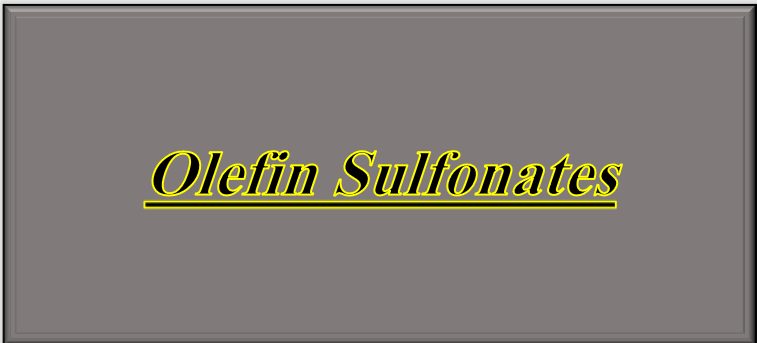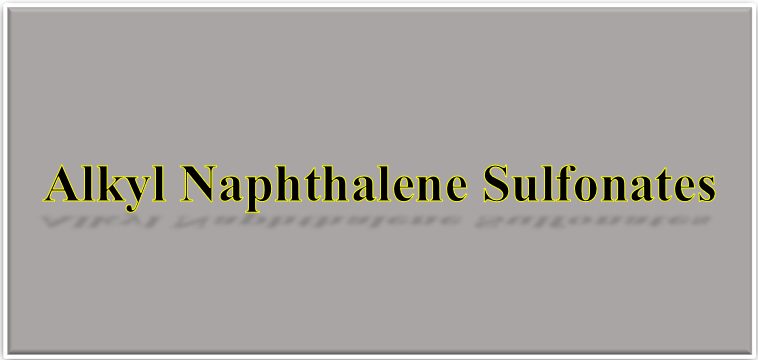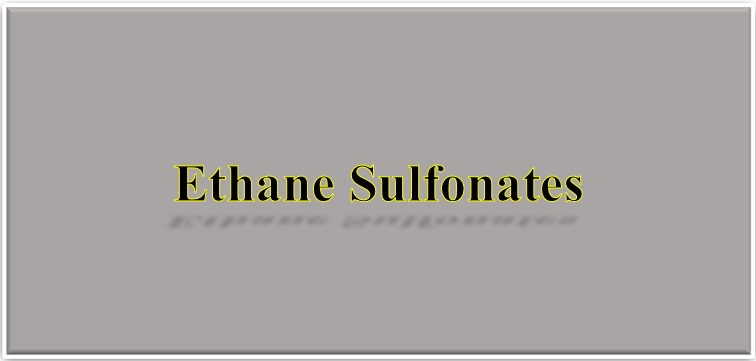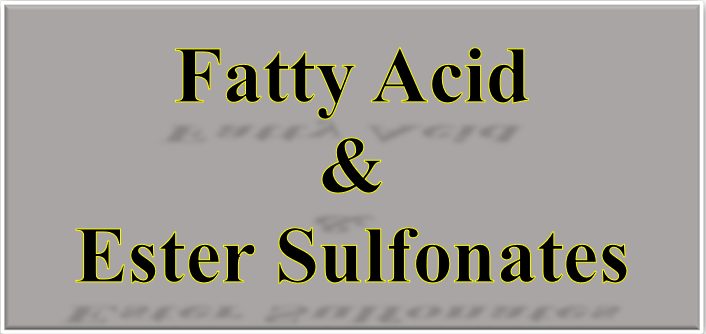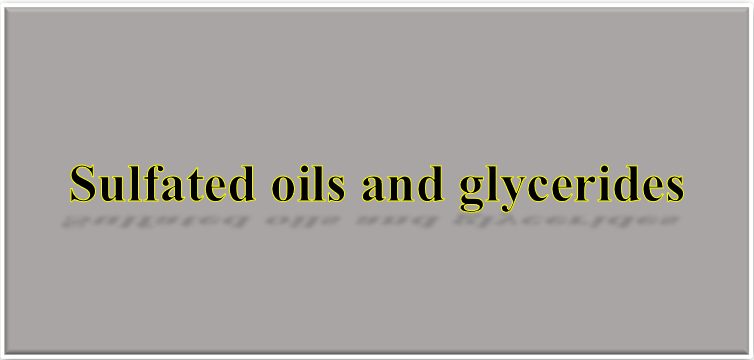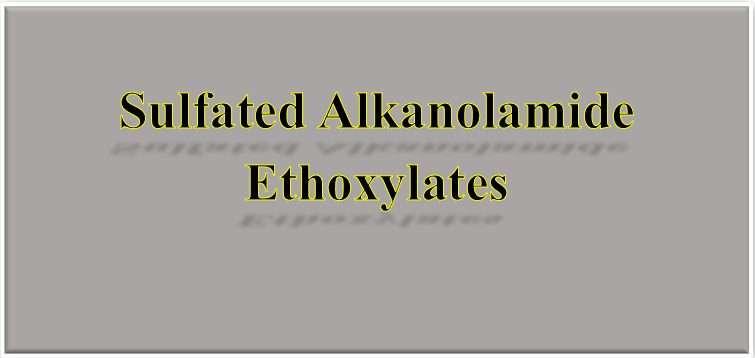the sulfonates have the sulfur atom directly linked to the carbon atom which is usually, but not always, in an aromatic ring. while in sulfate the sulfur atom is linked indirectly to the carbon via an oxygen atom.
This difference in structure gives significant differences in properties between the sulfonate and sulfate groups. The most practical difference is that the ester link in sulfates is very readily hydrolyzed under acidic conditions, which means that the free acids are not stable. On the other hand, the sulfonic acids are quite stable and therefore the surfactant sulphonic acids are available commercially. This means that the user can carry out his own neutralization and make a variety of salts with only one surfactant raw material.
The preparation of sulfates and sulfonates is carried out using the same sulfating/sulfonating agents; the difference being the chemical structure of the material to be reacted. If the reaction occurs with hydrogen attached to oxygen (an alcohol) then a sulfate is produced, whilst if the reaction occurs with a hydrogen attached to carbon then a sulphonate is produced.
The main sulfating/sulfonating agents are:
1. Using chlorosulfonic acid. Chlorosulfonic acid will react with long-chain alcohol groups to produce sulfates but inorganic chloride is produced as a by-product. Chlorsulphonic acid is not suitable for sulfonating aromatic rings because chlorination of the aromatic nucleus is likely to occur.
2. Using oleum (fuming sulfuric acid). Liquid sulfuric acid or oleum is used to sulfonate alkyl aryl hydrocarbons, e.g. xylene, toluene, dodecyl benzene, naphthalene, alkyl naphthalene.
3. Using gaseous sulfur trioxide. Diluted with air or otherwise, gaseous sulfur trioxide can be used for most sulfonations and sulfations but needs special reactors due to the very fast and exothermic reaction. Reaction with alcohols gives sulfates, whilst reaction with hydrocarbons (aliphatic or aromatic) gives sulfonates. Methods using gaseous sulfur trioxide are now dominant for most raw materials because they are both more economic and produce better quality materials, compared to using oleum. The major difference in quality to oleum sulfonation (or sulfation) is the low inorganic levels and paler colors obtained using the sulfur trioxide/air on a continuous plant.
However sulfur trioxide is also a powerful dehydrating and oxidizing agent, and side reactions can occur, e.g. formation of l,4-dioxane in sulfating ethoxylates. Processes have been developed using sulfur trioxide in liquid sulfur dioxide, but most processes use sulfur dioxide diluted with air in a continuous plant. The products will differ more in raw material variation than from different plants, with the exception of color. Dark colors occur when the product is over-sulfonated/sulfated and/or the sulfonation/sulfation rate is not controlled.
We will talk about some sulfonate surfactants in some detail:
- Ethane sulfonates
- Paraffin sulfonates
- Alkyl benzene sulfonates
- Fatty acid and ester sulfonates
- Alkyl naphthalene sulfonates
- Olefin sulfonates
- Petroleum sulfonates



